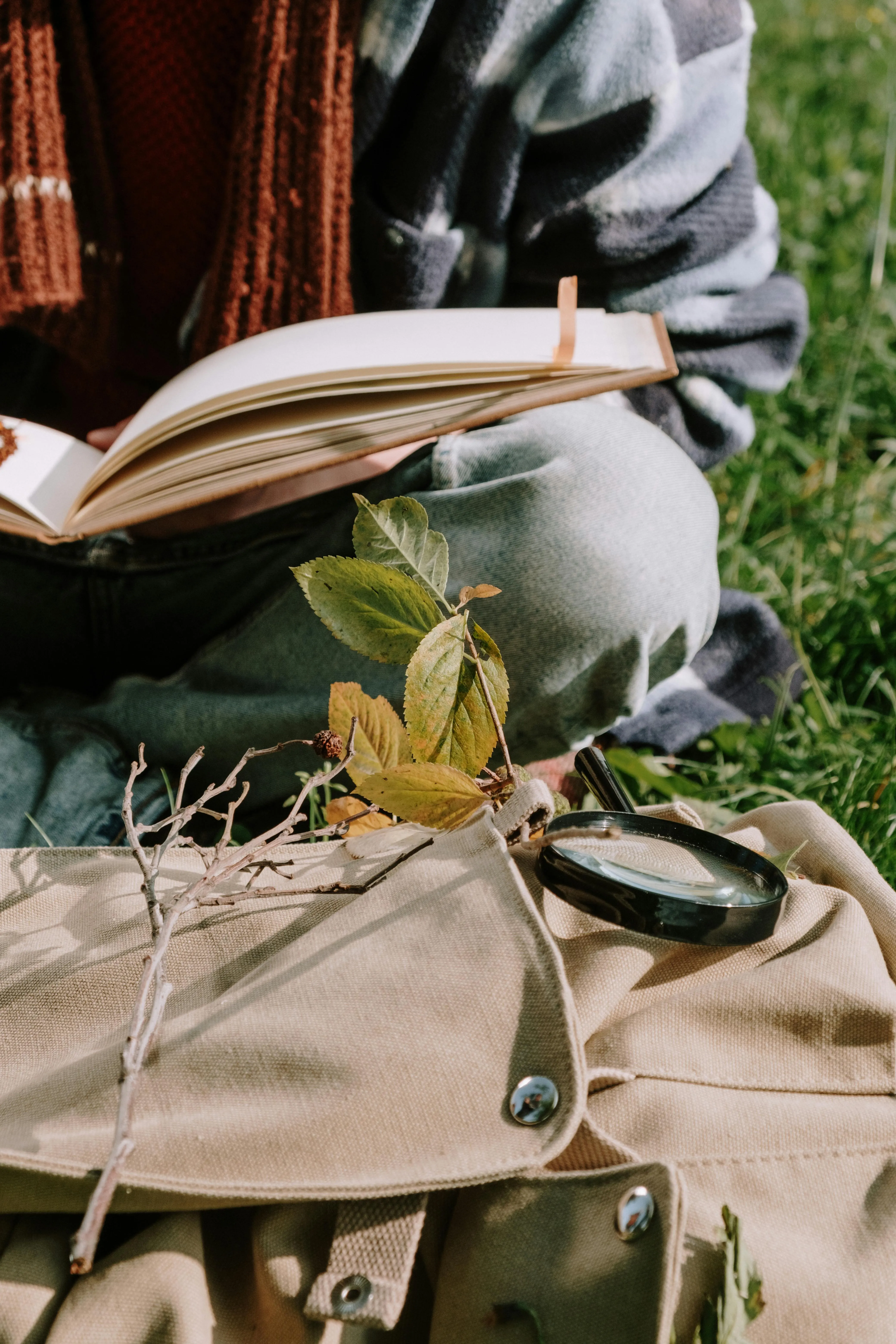
Be a Land Steward.
Sign up for Greenhouse Gases -
a weekly-ish newsletter that will teach you the science behind regenerative gardening, with action steps to help you make a difference in your backyard.

Sign up for Greenhouse Gases -
a weekly-ish newsletter that will teach you the science behind regenerative gardening, with action steps to help you make a difference in your backyard.
.avif)
I stumbled upon the idea of adding herbs to my flower bouquets out of sheer necessity. During my first year of gardening, I got a late start and didn’t have the time to grow many of the standard cut flowers and pollinator favorites. Instead, as my borage blossomed and basil bolted, I had to get creative. This led me to discover the vast potential of herbs in enhancing my floral arrangements.
Just last week, I mixed borage and catnip in a bouquet, bringing an enchanting cottage charm into our kitchen. The star-shaped borage flowers paired wonderfully with the delicate catnip blooms, and created a display that's both visually pleasing and aromatic.
While roses are favored for their fragrance, aromatic herbs offer a diverse range of scents that can truly brighten up any room. If you’re looking for a more wild, whimsical, or organic vibe from your arrangements, the addition of herbs can really support that vision.
If you love creating your own flower arrangements like I do, let me share some of my favorite herbs to add to cut flower bouquets.
Adding herbs to flower bouquets is like adding a secret ingredient to a recipe—it transforms the ordinary into extraordinary. Here are my top picks - pun intended - for additions to your arrangements.
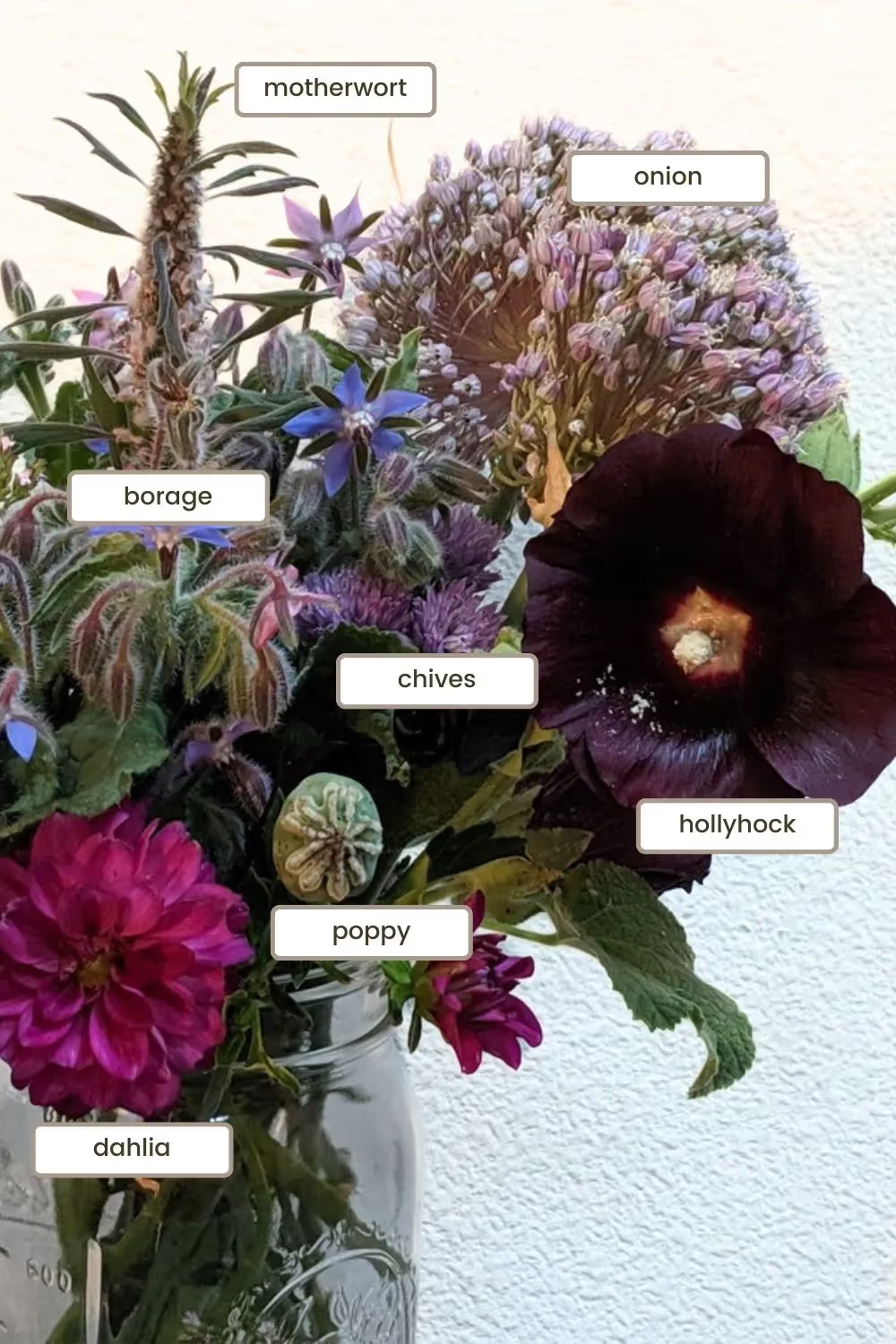
1. Onion (Allium cepa)
Onion blooms bring a whimsical, Dr. Seuss-like charm to my garden, and their presence in a vase is simply striking. I was pleasantly surprised to find swallowtail butterflies frequenting these blooms in my garden, adding another layer of delight. Did you know in the Victorian language of flowers, alliums signified patience, fortune, and unity?
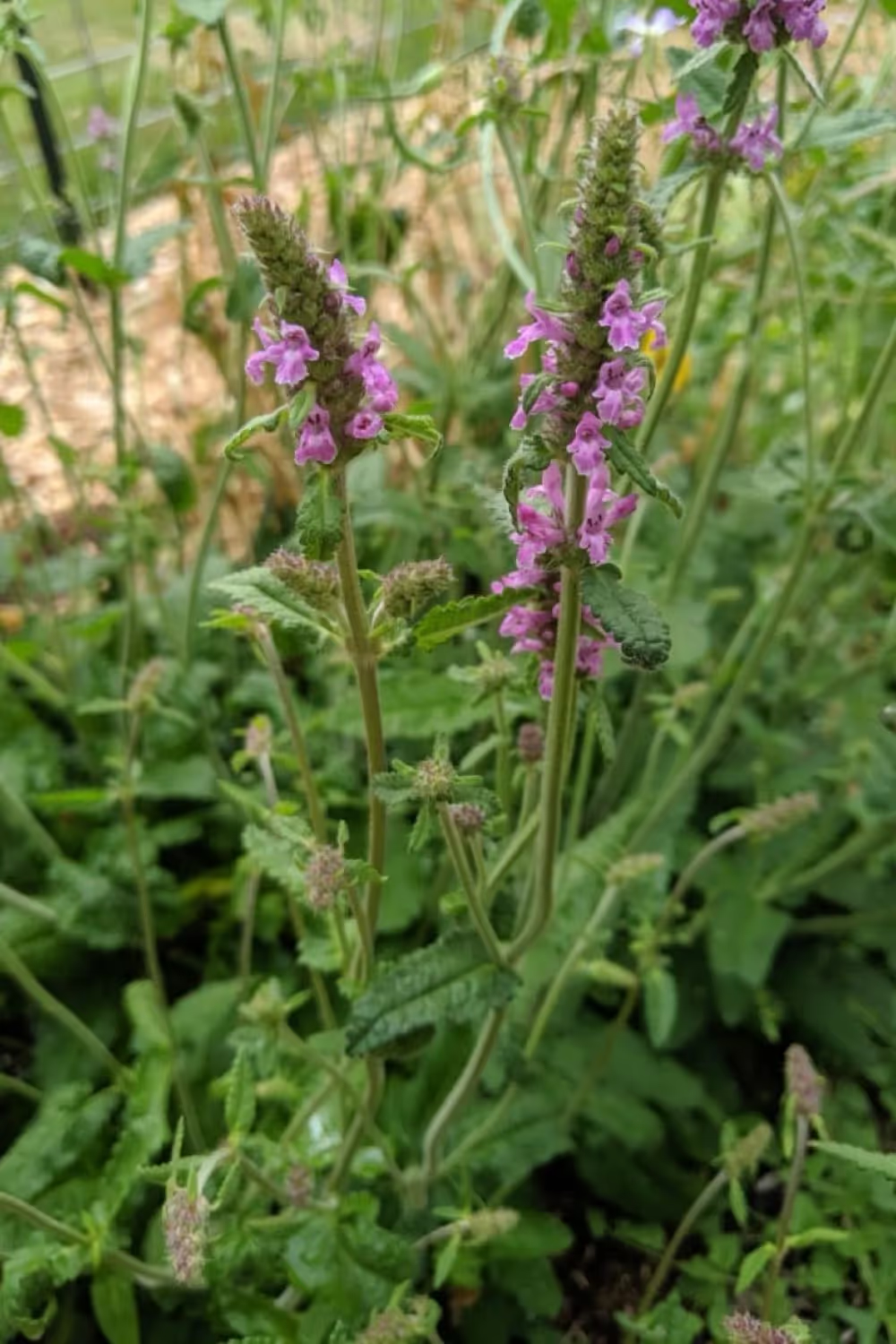
2. Wood Betony (Stachys officinalis)
I love mixing the pink stalks of wood betony with echinacea - the tones of pink are the same and they complement each other really well.
3. Catmint (Nepeta)
I need to be careful when harvesting catmint, as bees are always hanging out on the blooms!
4. Catnip (Nepeta cataria)
Something about the softness of the catnip flowers really fills out a bouquet, in my opinion.
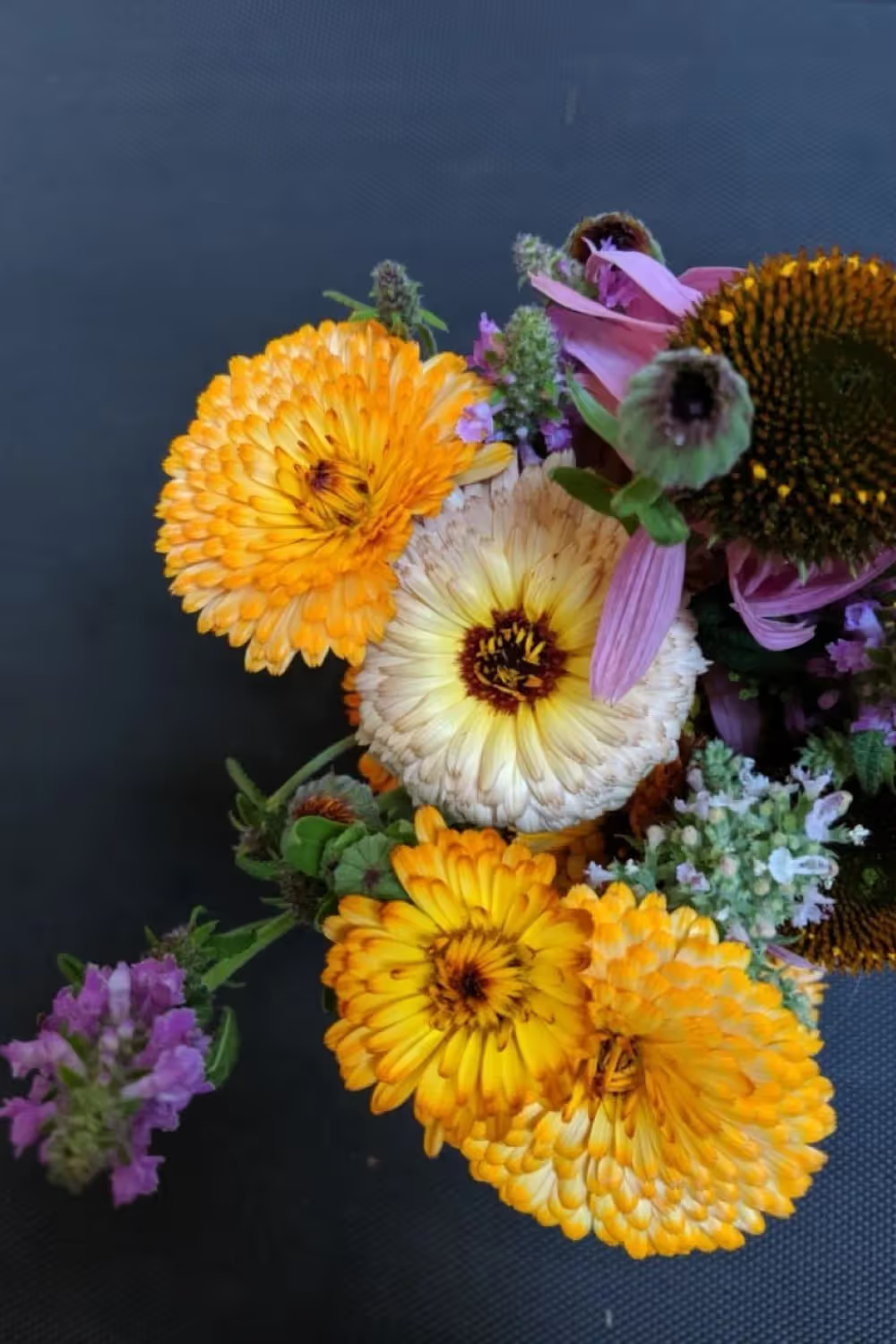
5. Calendula (Calendula officinalis)
My favorite calendula varieties for arrangements are Strawberry Blonde, Flashback, and Erfurter Orangefarbige. The Erfurter variety is an electric orange that pairs well with dark purple flowers. Strawberry Blonde and Flashback have hints of pink in them, which I really enjoy.
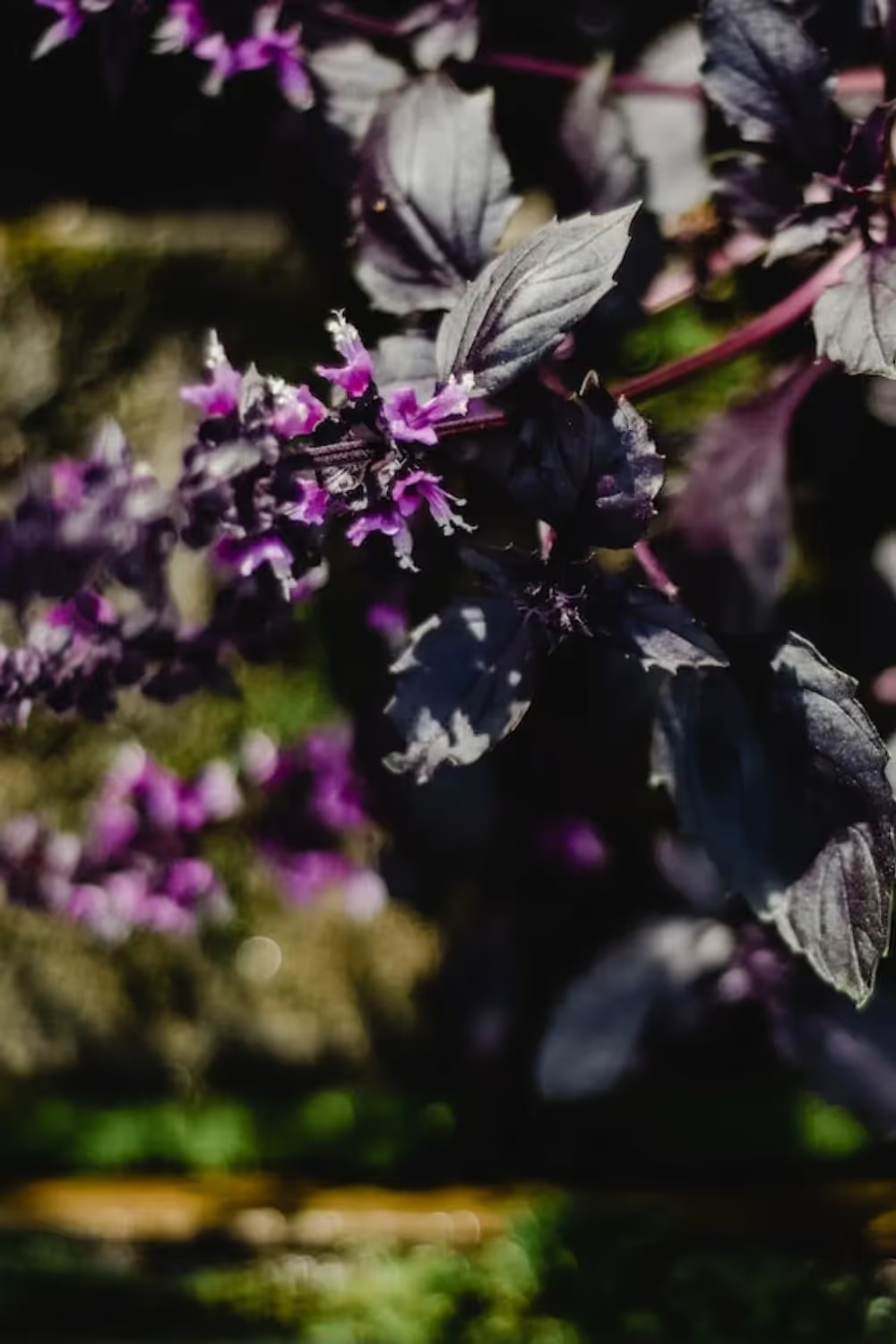
6. Basil (Ocimum basilicum)
Usually gardeners don’t want basil to bolt - but if your plants do, adding them to a bouquet is a great way to turn the sad end of the basil season into a positive. Did you know that basil was traditionally added to wedding bouquets in the Roman times to ward of bad spirits?
.avif)
7. Borage (Borago officinalis)
Borage is renown for self-sowing itself in the garden, which I can attest to! One single plant from my first year gardening has brought an on-going supply of this pollinator plant into the garden. Of course, cutting the blooms helps to prevent its spread once its established.
8. Motherwort (Leonurus cardiaca)
Note that the spiky blooms of motherwort can be prickly, so wear gloves when cutting this flower back or hold the stalks low on the plant in an area where there are just leaves.
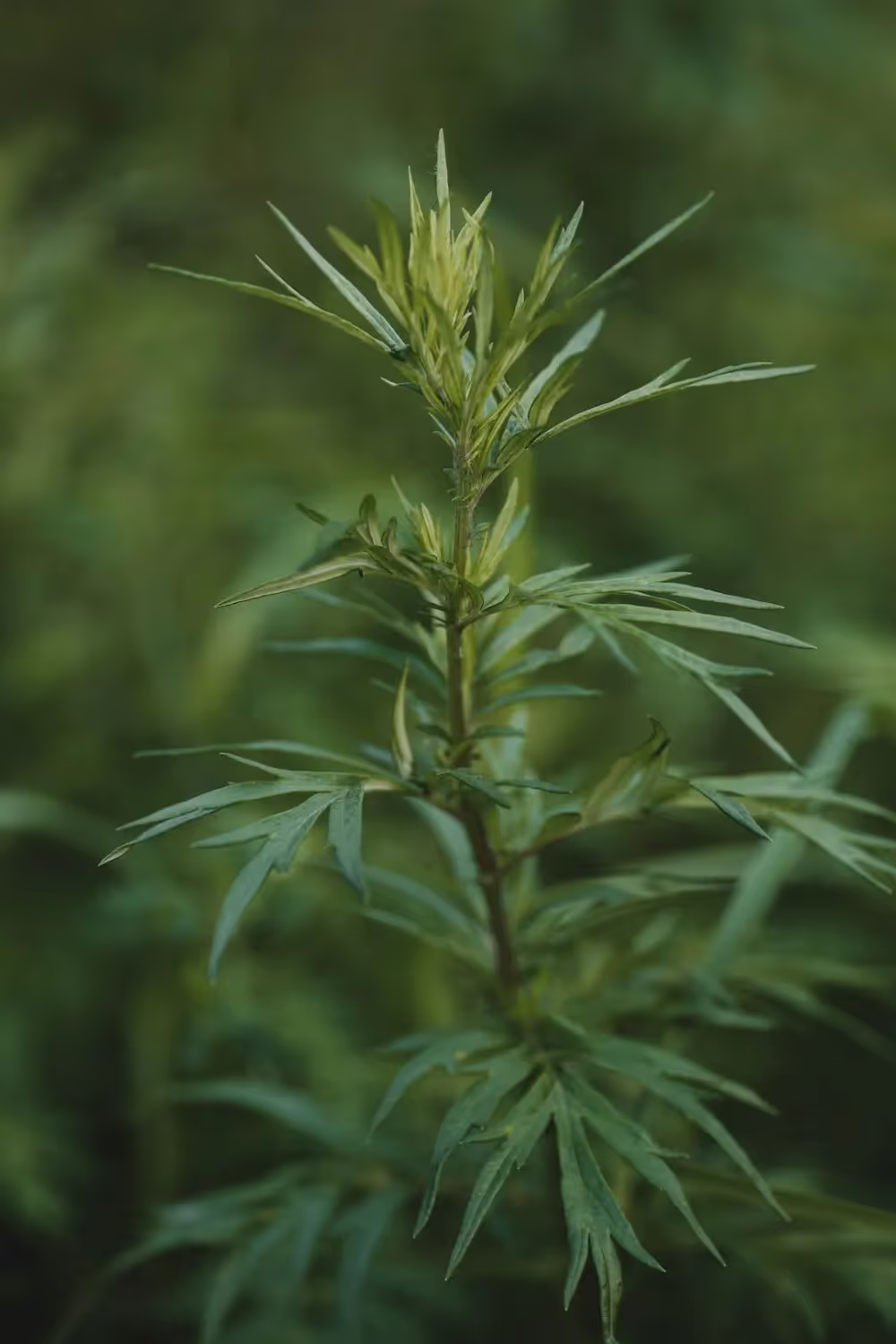
9. Mugwort (Artemisia vulgaris)
Mugwort can be invasive and is banned in a few states, so check your local regulations before planting. While the soft buds of mugwort are charming, I like to cut mine back several times during the season so that it doesn’t go to seed and cause issues. However, that means I always have some silvery foliage to add to my arrangements!

10. Fennel (Foeniculum vulgare)
Fennel is so versatile, and when you let it flower you’ll see that this herb is a great addition to a pollinator garden. Cutting the fennel flowers and harvesting the pollen or keeping them in a vase helps stop the spread of fennel if you live in an area where it can become a problem. Interestingly, in the myth of Prometheus, he carried fire in a fennel stalk to give to humans. So to say that the addition of fennel can brighten up your bouquet may be fitting!

11. Yarrow (Achillea millefolium)
While I think the “standard” white variety is lovely, there are also a wide range of colors that you can find in yarrow cultivars. Redemption Seeds, Swallowtail Gardens, and the Alliance of Native Seed Keepers have some great selections! Folklore has it that yarrow in a bouquet will bring 7 years of love…so keep adding it to your arrangements for lasting love.
12. Oregano (Origanum vulgare)
Something about oregano blooms bring me delight when I add them to a bouquet. And interestingly, the etymology of oregano means “joy of the mountain.” According to the Greek Herbalist, oregano was added to wedding crowns to ensure happiness in the new marriage.
13. Anise Hyssop
The fragrance alone makes anise hyssop a favorite addition to flower bouquets. Its scent is like a combination of fennel and mint, and is quite soothing.
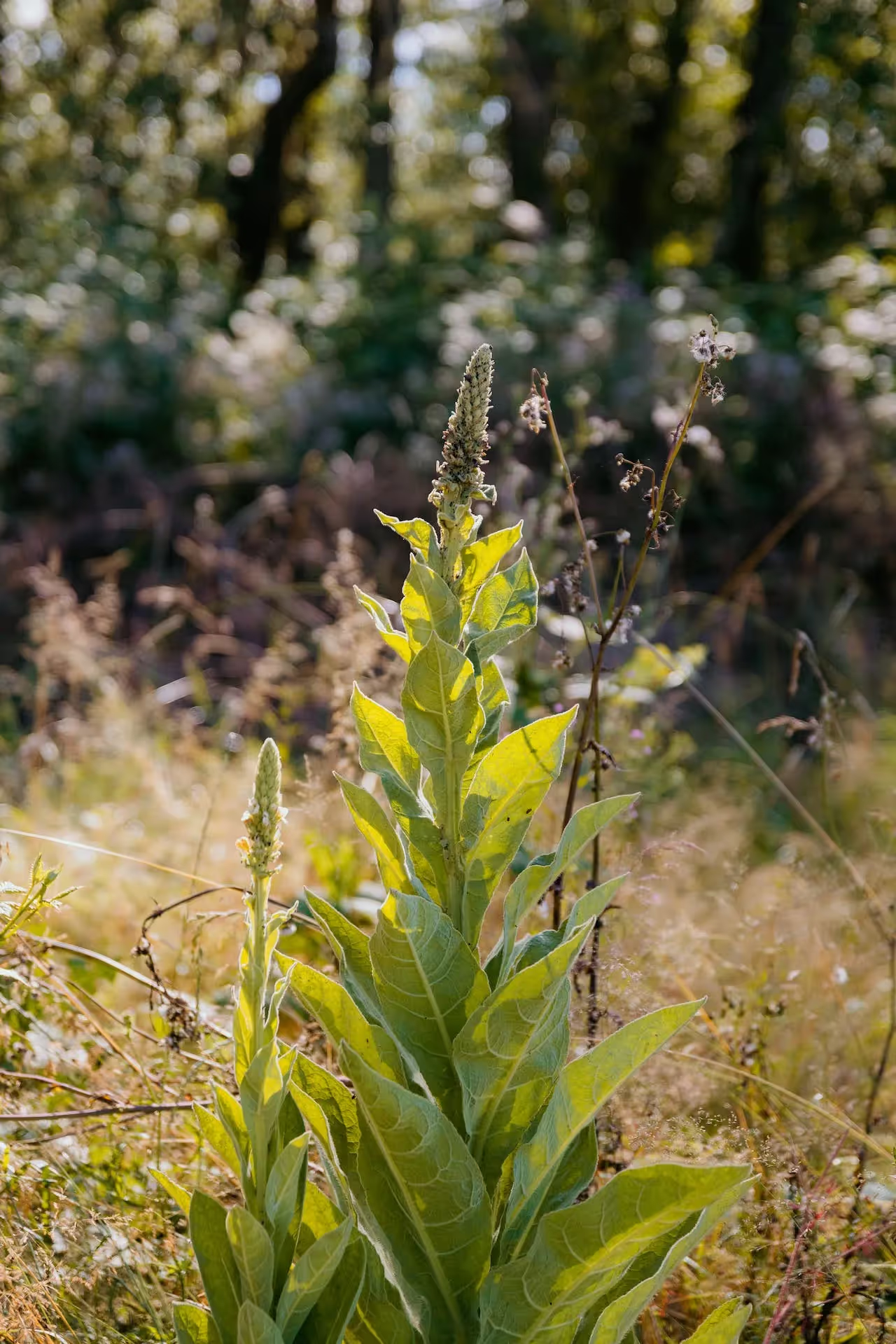
14. Mullein
Mullein is such a soft much like lamb’s ear. But then its stalk, which towers at heights of 6 feet, makes a loud statement in the garden. According to herbal scantum, The tall stalk gave this plant the nickname “candlewick plant” - and it was used as a replacement for cotton wicks!
15. Dittany of Crete
Native to the island of Crete, Dittany is full of folklore and symbolism. Men would climb the rocky and dangerous terrain where it grows and pick this plant to give to their sweethearts as proof of their love for them.
When adding herbs to your flower bouquets, it's important to consider their growth habits, scent profiles, and how they complement the flowers you’re using. Here are a few tips and considerations:
Growth Habits and Lifespan: Knowing whether a herb is annual, biennial, or perennial can help you plan your garden and bouquet-making throughout the year. Annuals will need to be replanted each year, while perennials can provide a steady supply of blooms and foliage. Biennials will usually only bloom in their second year, so plan accordingly.
Scent Profiles: Herbs can add wonderful fragrances to bouquets, but be mindful of how their scents mix with your flowers. For example, basil and oregano add a warm, spicy aroma, while borage and fennel offer a cooler, more refreshing scent.
Aesthetic Complement: Consider the color, texture, and overall aesthetic of the herbs you choose. Herbs like borage and calendula add bright pops of color, while mugwort and yarrow provide interesting textures and foliage.

In addition to the herbs listed above, there are several other herbs that are highly prized for their beauty and utility in floral arrangements. Some of these include:
Black Cumin - Similar to Love-in-a-Mist, Black Cumin flowers are a gorgeous romantic addition to cut flower arrangements.
Echinacea - Will flower its second year, seed heads can be added to dried bouquets for year-round decor.
Lavender - Amazing fragrance for a classic French cottage vibe. Plant in well-draining soil or keep in a pot - I’ve learned through experience that lavender doesn’t do well in heavy clay.
Lamb’s Ears (Wooly Betony) - Soft silver-toned stalks add a fantastic texture to arrangements.
If you’re feeling adventurous, consider adding some of these unusual garden edibles and herbs to your bouquets for a truly unique look:
Drying herbs can extend their use in your bouquets year-round. Here’s a simple step-by-step guide:
Adding herbs to your cut flower bouquets is a delightful way to bring new scents, textures, and colors into your floral arrangements. Whether you’re a seasoned gardener or just starting out, experimenting with different herbs can provide endless creativity and joy. So the next time you’re crafting a bouquet, don’t forget to look beyond the traditional blooms and explore the wonderful world of herbs.